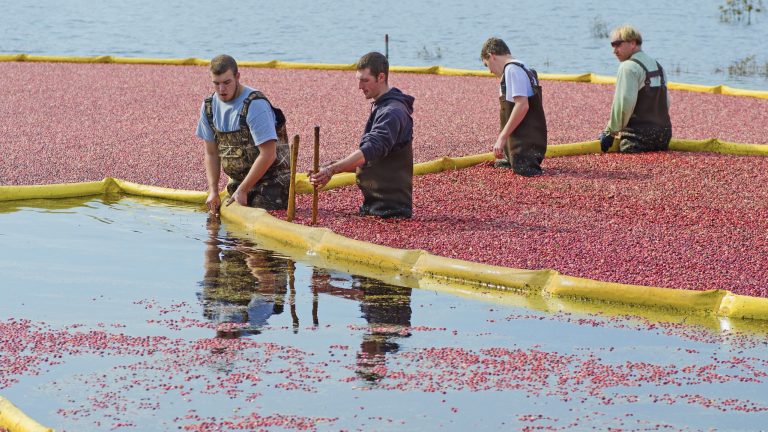Every fall, cranberry farmers in Massachusetts flood their bogs to harvest the sweet-sour red fruit—a staple on the Thanksgiving table. But as the climate warms, they face new challenges.
In order to bloom and bear fruit, cranberry vines need cold weather every winter. Without it, the vine may produce less fruit.
Warmer temperatures can also cause buds to bloom earlier, so farmers need to prepare early in spring to protect buds from sudden frosts.
Climate change can also cause problems in the fall, said Peter Jeranyama of the University of Massachusetts Amherst Cranberry Station.
Cold temperatures in the fall help cranberries develop their deep red color, he said.
Jerenyama: “But if it's too hot at night, your color won't show up as quickly as you want.”
…This reduces the profits farmers receive from their harvests.
If climate change leads to more dry spells, harvesting itself will become more difficult.
Jerenyama: “This affects the amount of water available for collection.”
Some newer cranberry varieties may be better suited to a changing climate, while smart irrigation practices can help farmers conserve water.
But as the planet warms, growers may have to adapt to keep cranberries on our Thanksgiving tables.
Report source: Ethan Freedman / ChavoBart Digital Media
Only 28% of U.S. residents regularly hear about climate change in the media, but 77% want to know more. Help us bring climate news to more people.
